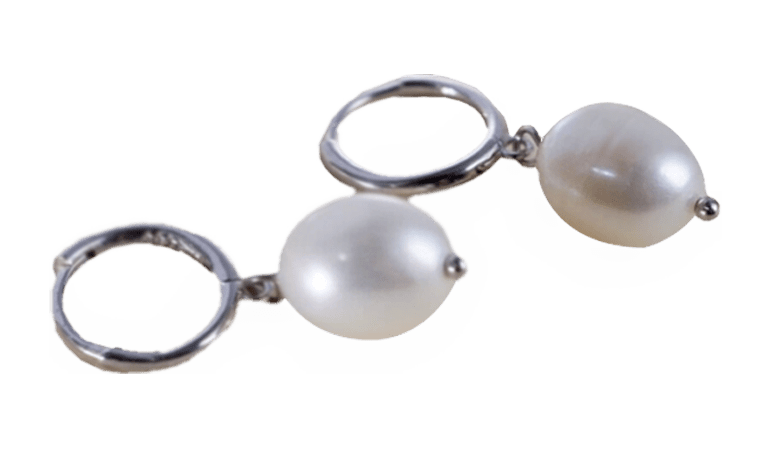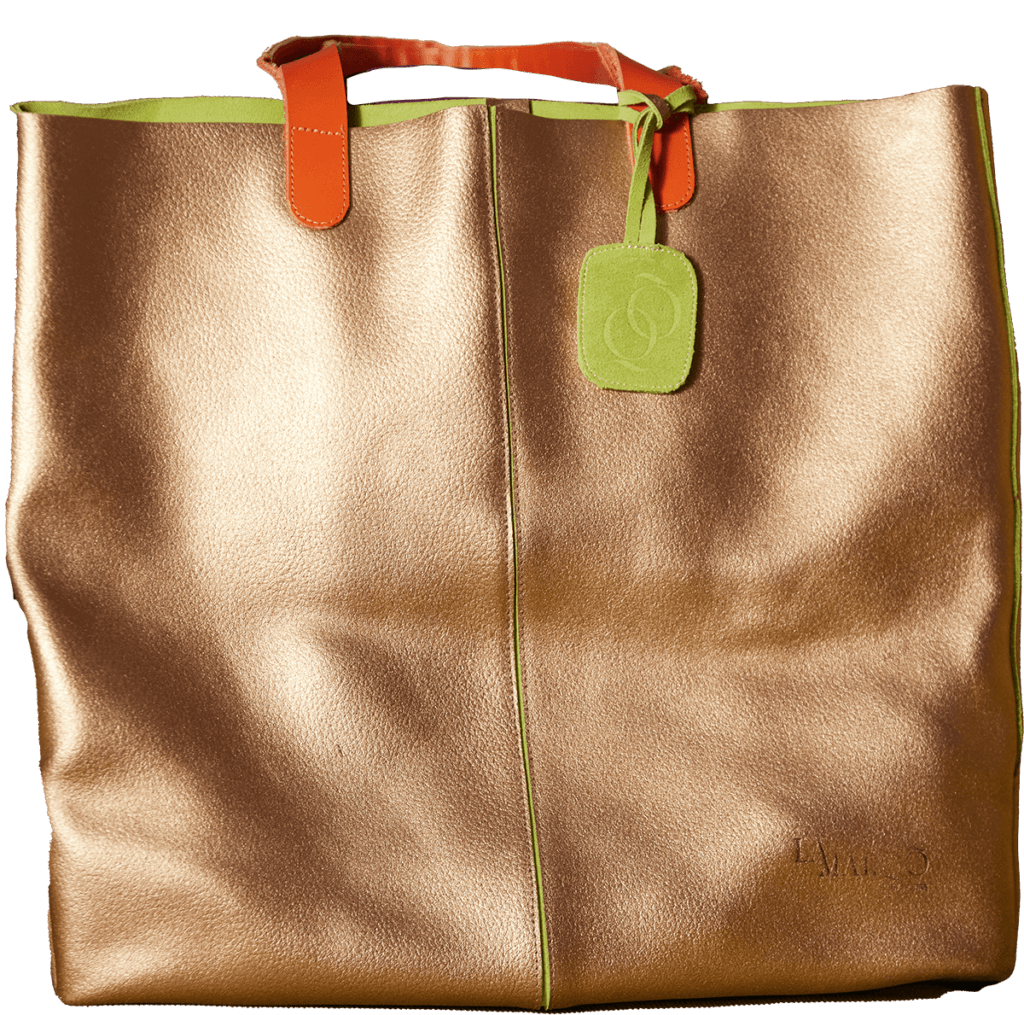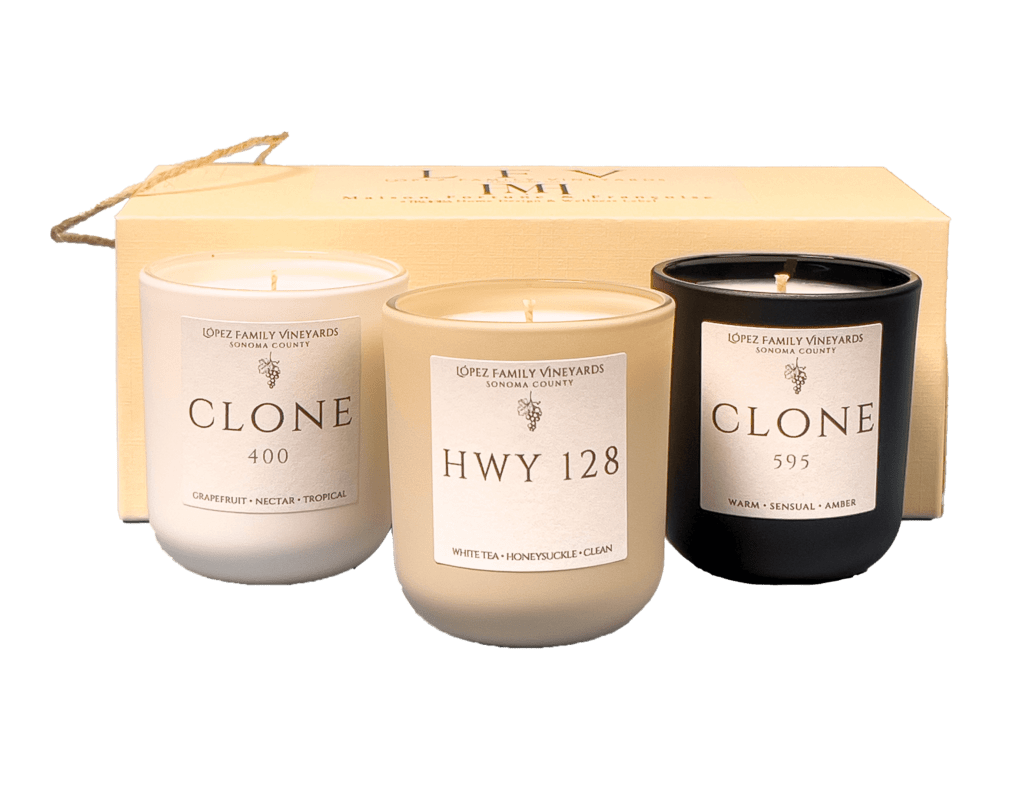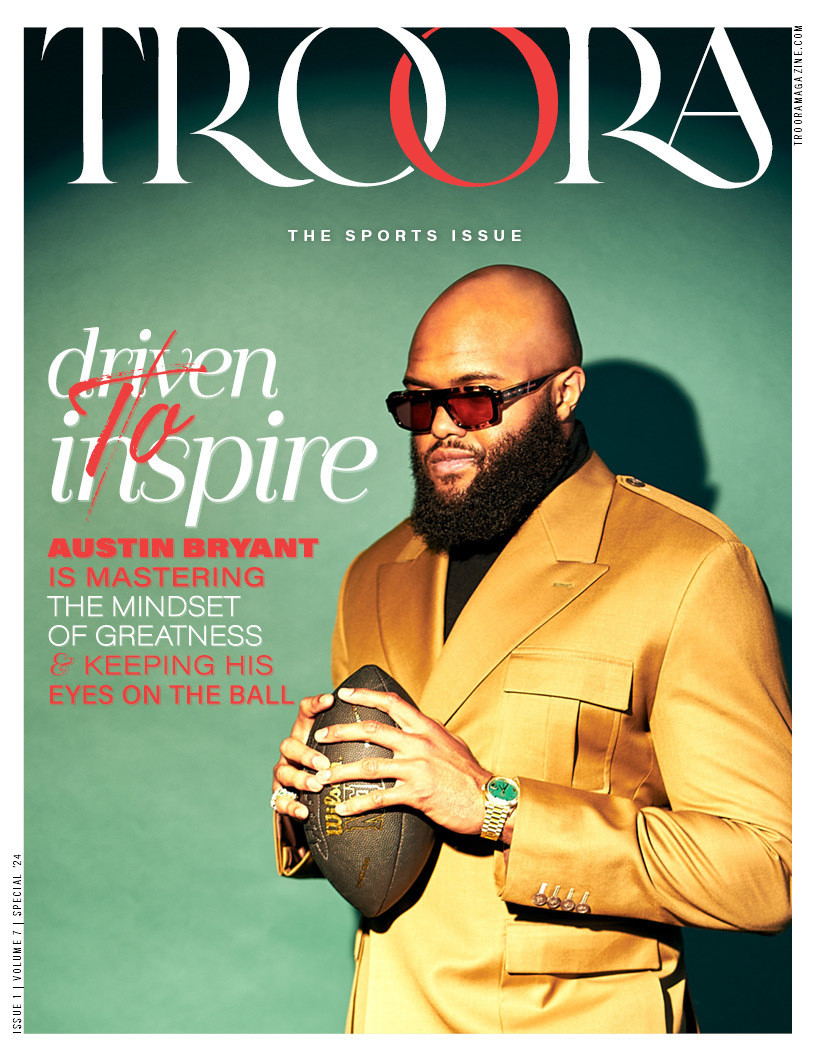
Beauty
Showing True Color
Written by: Neha Suradkar
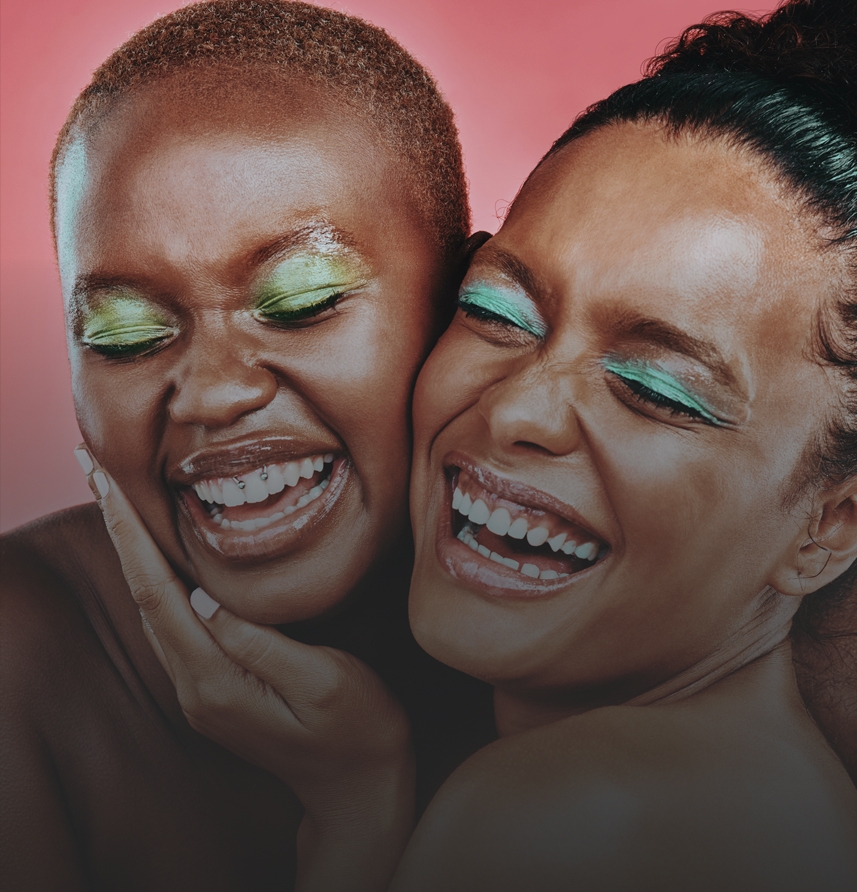
Embracing Your Skin Tone
Beauty has always been about colors—skin tone, makeup, fashion, or accessories. Ideal beauty standards have always been about light skin tone, dark hair, rosy cheeks, and pink lips—all defined by colors. Since childhood, most girls have grown up with this beauty ideal reinforced by princesses in fairy tales—Snowwhite, Cinderella, and Belle all conform to the ideal pale skin beauty standards.
But there is more to beauty than just the ideal standards. The beauty industry mainly ignored the people who do not fit the ideal standards. For the longest time, there were no foundations for women with colored skin—anything beyond a honey tone. The foundations available were usually ivory, porcelain, sand, and rose beige as if they were the only existing skin tones. Women with skin tones deeper than these were often given foundations from one of these tones, which would make their skin look ashy and dull. The eyeshadows were also mostly in icy-pastel tones, which did not go very well with warmer and deeper tones. The women with ‘colored’ skin (read deep, warm, olive tones) started detesting makeup. They felt that makeup was not meant for them and started avoiding it altogether. But the fact was that it was not about makeup; it was always about colors.
The only beauty products available for deeper skin tones were fairness products or skin lightening products, some of which were very harmful to the skin. As a result, women of deeper color were often looked down upon for their complexion and were advised to use skin lightening products to get that ‘glow’ on the skin. And this still holds for most ‘colored’ women of the world.
Never Miss a chance to be Inspired!
Start your trial today.
Don’t Just Scroll, Evolve! Explore the Unexplored with TrooRa.
Subscribe for Insights and Stories Not Found Anywhere Else!

Already Have an Account? Sign In
Want The Print?
Get Waitlisted NOW!


